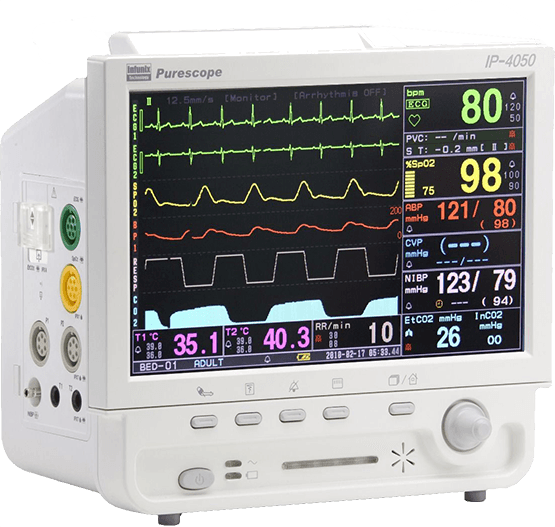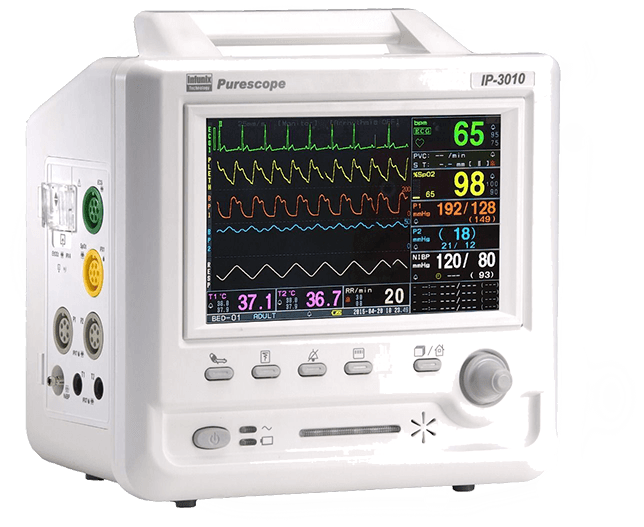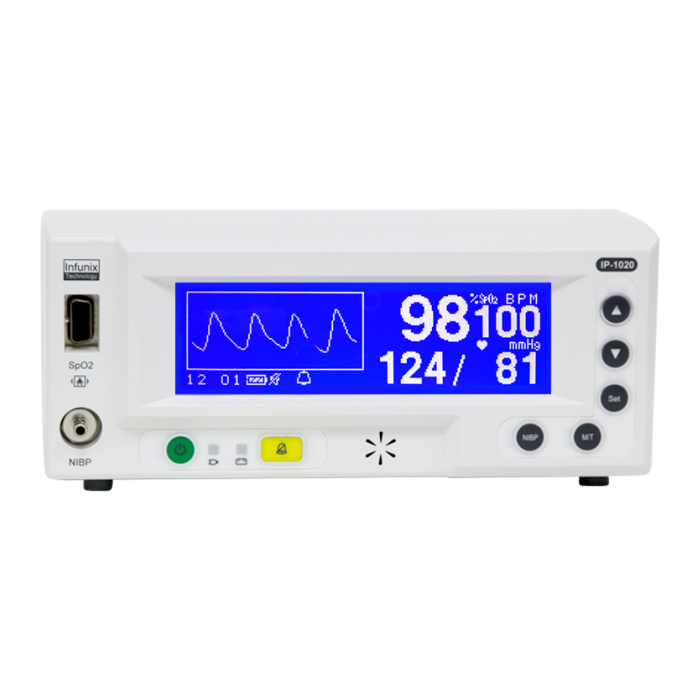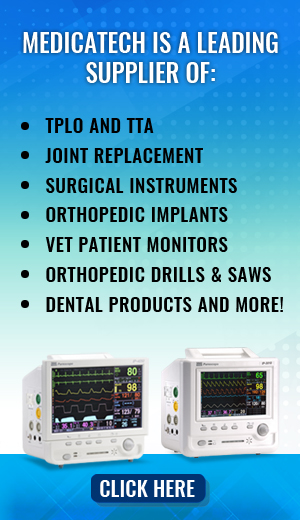Vet Patient Monitoring: Your Questions Answered
When using vet patient monitors, there are objectives of anesthesia monitor procedures as well as related procedures and working devices. In this article,we examine and provide a synopsis of current day anesthetic monitoring and answer questions about why and how to provide advanced anesthesia for your patients.
Non-invasive monitor procedures in the anesthetized canine and feline ( dog and cat ) fields have been described since the early 1990’s. In recent times, major improvements in technology have improved the effectiveness and affordability of devices. These improvements, in turn, have improved vet and anesthiologists abilities to detect defects in the anesthetized patient.
Improvements in anesthetizing observing have led to a hallmark approach that emphasizes:
- Proper clinical assessment
- Training of personnel
- Pre anesthesia evaluation
- Innovative monitoring methods.
All of the above help reduce opposing side effects of anesthesia and surgical procedures.
We have been using the Purescope monitor for over a year now, and I can say in all confidence this machine is amazing! I am an RVT at our practice, so I spend a lot of time in surgery, and this monitor is hands down as reliable as the Cardell Touch, but it is half the price! It monitors all of the same parameters with a beautiful display, and is extremely user friendly. If you are looking for a monitor, give the Purescope a try. You’ll love it! And Brian has been wonderful to work with as we pioneered this new equipment. Affordable and reliable. You won’t be disappointed!
Why Monitor Sedated Patients?
Sedating agents joined with invasive processes can cause severe hemo-dynamic variations in the patient’s respiratory system. Also, each patient exhibits different physiologic and pharmacology reactions to anesthetic proxies. Because these reactions are not always foreseeable, it is important to watch each patient carefully.
Rapid detection of respirational or hemo-dynamic unpredictability allows the anesthetist time to correctly diagnose what is happening and intercede. This, in turn, prevents illness, such as cardiorespiratory failure, which, if otherwise untreated, can lead to death. Furthermore, despite successful refined surgical procedures or analytical procedures, lack of a prompt and level recovery may setback the purpose of performing them.
What Data Is Attained while under going Anesthetic Patient Monitoring?
By monitoring the sedated patient, the anesthetist gathers info in the following areas:
- Physiologic condition of the patient (cardiovascular, respiratory, and metabolic structures)
- Patient’s reaction to sedation, including anesthetic complexity and level of numbness.
Furthermore, assessing the position of anesthetic apparatus insures its correct function, helping the anesthetist prevent iatrogenic emergencies that can endanger the patient’s health.

The information gathered through vet patient monitoring is used to achieve three objectives:
- Insure sufficient tissue perfusion with blood that is sufficiently oxygenated
- Prevent pain before, during, and after a surgical procedure.
- Offer a smooth and fast recovery time from an anesthesia surgical procedure.
Anesthesia Specialty for Veterinary Technicians focuses on:
- Qualified specialists that have interest in the specialized field of veterinary anesthesia.
- Increasing the knowledge of techniciansin the care and managing of anesthesia circumstances.
- Offering all-encompassing info on sources of ongoing education
Endorsing patient well-being, customer protection, expertise, and excellence in anesthesia care

What are Important Components of Anesthetic Monitoring?
Pre-anesthetic Valuation: The monitoring procedure starts before pre-medication. It starts by attaining a comprehensive background of the patient, followed by a complete physical checkup, including blood breakdown and specified diagnostics. The patient is given an American Society of Anesthesiologist’s grouping based on calculation of its anesthetic dangers.
Shortfalls in homeostasis, such as lack of fluids, anemia, or any other major irregularity should be made stable before any anesthetic process. A current study has indicated that death rates are higher in smaller animals with higher ASA status regardless of the anesthetic agents that were used.
Observing All of the Anesthetic stages: Once pre-anesthetic assessment has been accomplished and the patient is finally accepted for anesthesia, monitoring continues to move forward through:
- Pre-medication
- Introduction
- Preservation
- Monitoring the patients also applies prescribed take-home pain medication; this is done through follow up telephone calls with the owner.
- Anaesthetized Patients: Anaesthetized patients should also be observed. The governing bodies ( AAHA ) have monitoring guidelines in place, which focus on the fact that a sedated patient should get the same level of monitoring care as someone who is under general anesthesia.
- Personnel: A vet patient monitor can never replace the role of a trained and capable anesthetist monitoring a sedated patient. The ACVA monitoring protocal recommend that a trained technician be present for ongoing evaluation of an anaesthetized patient.
- Documenting:When a patient is under basic sedation, all vital records must be assessed and notated on an anesthetic document at least once every 4 to 6 minutes. The vital stats become part of the patient’s medical records and legal documentation.


